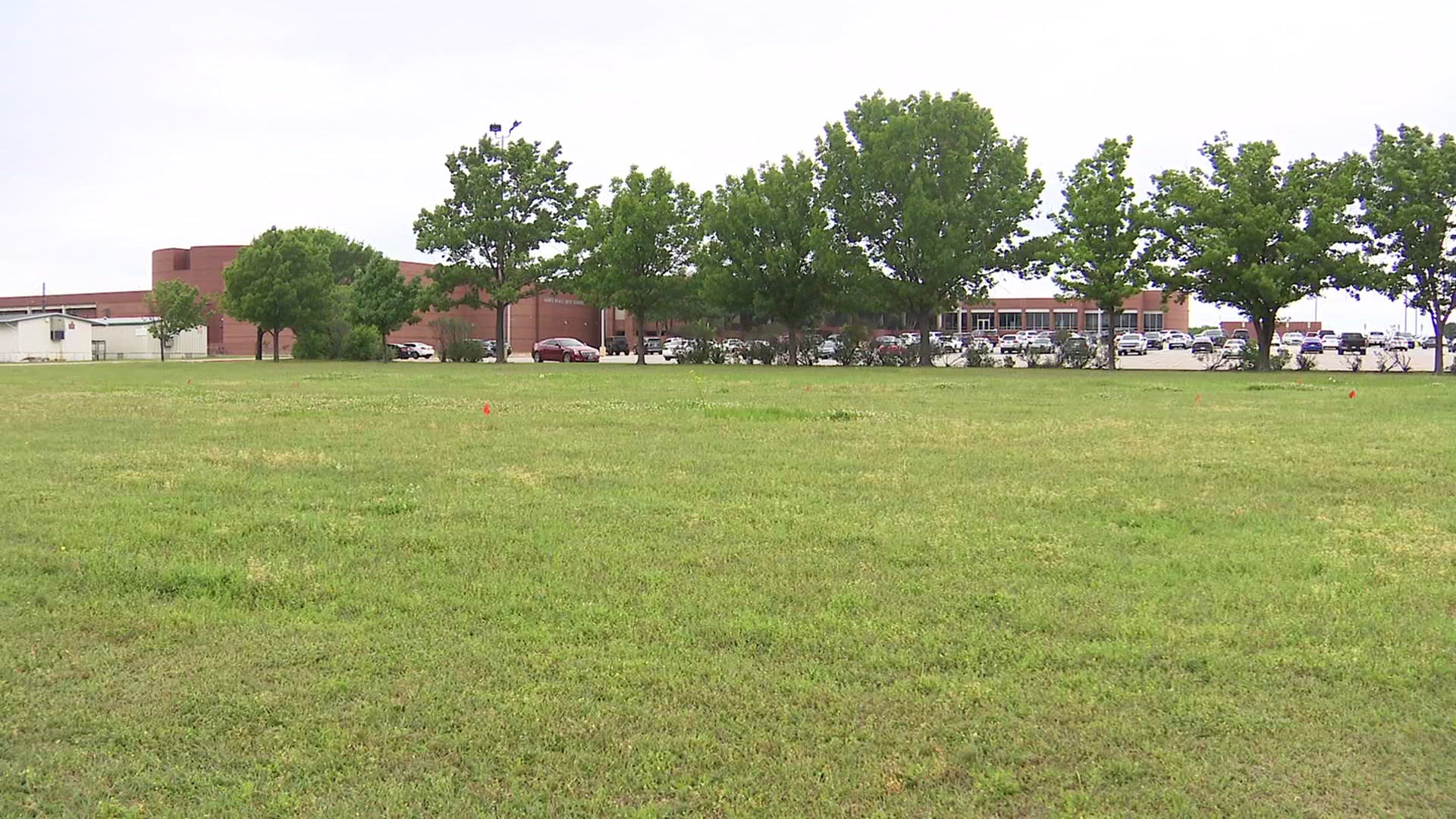A small but significant piece of Galveston and American history has been commemorated with the unveiling of the latest Texas historical marker on the island, behind the 1838 Michel B. Menard House on 33rd Street.
The Galveston County Daily News reports the Mexican Telegraph Company, which resided on the island from the late 19th century through 1949, and its most famous telegram, the Zimmermann Telegram, thought to be a significant catalyst for America's commitment of soldiers to World War I, are memorialized on the marker. It stands next to a small white building in the Menard House's backyard.
Formerly the property of the Pompeo Urbani family, who ran a grocery store at 19th Street and Avenue O in Galveston for most of the 20th century, the small building was a shed next to their store for many years.
Before the Urbanis owned the small white shed, it housed the mechanics of the Mexican Telegraph Company, conduit of all telegrams from Mexico, South and Central America to the United States, through Galveston by way of a cable stretched beneath the Gulf of Mexico.
In 1917, the Mexican Telegraph Company at Galveston re-transmitted a telegram from German foreign secretary Arthur Zimmermann to the German envoy to Mexico. The secret telegram, encrypted in code, was intercepted and translated by British agents, however, and its shocking contents were soon leaked to the American press after the Brits turned the message over to the U.S. government.
"Basically, it said that if Mexico would enter the war on behalf of the Germans, then Texas, New Mexico and Arizona would be given back to Mexico," said Dwayne Jones, director of the Galveston Historical Foundation, to the small crowd gathered for the unveiling.
Among those present were members of the Urbani family and members of the Fred and Pat Burns family who owned and restored the Menard House before giving it to the historical foundation in the 1990s.
Local
The latest news from around North Texas.
The Burns family aided the foundation in moving the small white house from its Avenue O location to the Menard House when it was in danger of being demolished in the late 1990s. Since then, the foundation has hoped to permanently commemorate the building's historic significance with a marker.
Jones held up the front page of the March 1, 1917, Galveston Daily News, speculating in a tall headline whether the United States would enter World War I after the revelation of the Zimmermann Telegram.
President Woodrow Wilson had wanted to keep America out of the war, but public sentiment was roused by the telegram, and some historians speculate the threat of its message spurred America's entry into the war against Germany, declared by Congress in April 1917.
"The telegram is a famous part of World War I, a critical although sometimes debated story about how the U.S. entered the war," Jones said. "When word of the telegram came out, it galvanized people somewhat.
"Historians still debate the influence of the telegram on the United States' decision to enter the war, but it all happened through this little building."
Twenty million died and another 20 million were injured in what came to be known as The Great War. The war changed history forever by introducing counter-intelligence into foreign and military affairs, Jones said.
Looking on, Pompeo Urbani's son, who grew up above the family store, helped unveil the marker, then stood quietly reading it.
"We didn't think much of it," he said to a woman standing nearby. "You know how it is, you just don't."
"Yes, that's true," she said.
"But it's all connected, it's all a small part of one big story."



